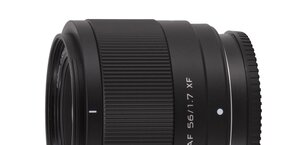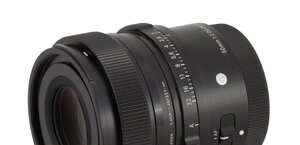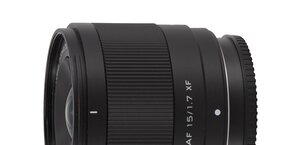Sigma A 24-70 mm f/2.8 DG OS HSM
5. Chromatic and spherical aberration
Chromatic aberration
Both photos below were taken at 45 and 70 mm; they show that the tested Sigma has no problem whatsoever with the longitudinal chromatic aberration. The colouring of out-of-focus images is slight and, in this category, the Sigma fares as well as the stabilized Nikkor and better than the Tokina. Still it seems it is slightly weaker than the Canon and the Tamron which had least of problems related to that aberration.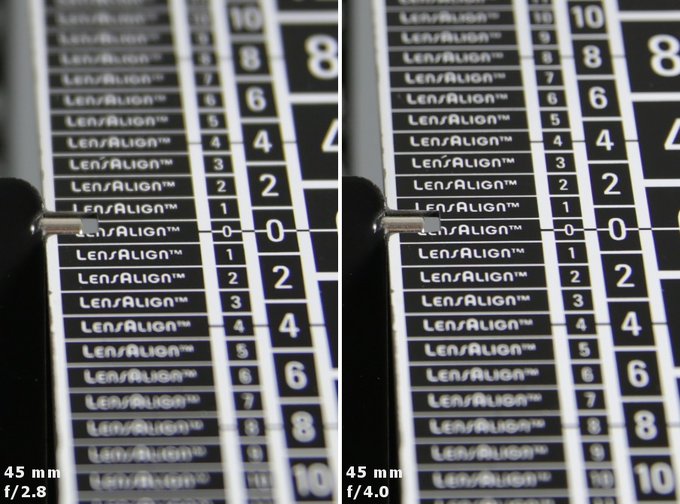 |
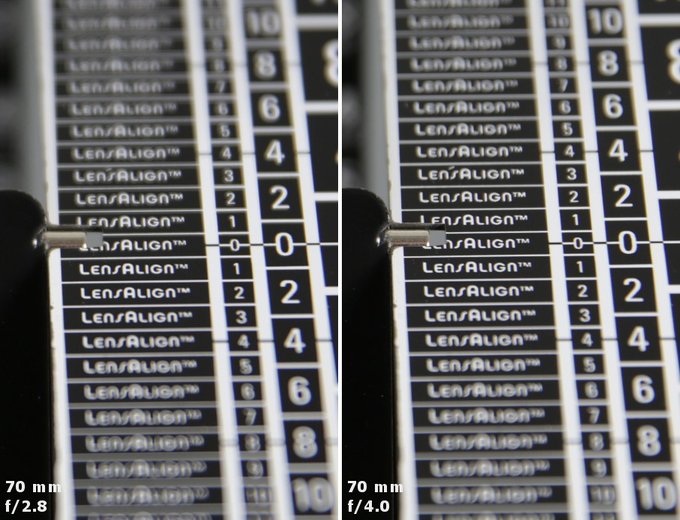 |
Please Support UsIf you enjoy our reviews and articles, and you want us to continue our work please, support our website by donating through PayPal. The funds are going to be used for paying our editorial team, renting servers, and equipping our testing studio; only that way we will be able to continue providing you interesting content for free. |
- - - - - - - - - - - - - - - - - - - - - - - - - - - - - - - - - - - - - - - - - - - - - - - -
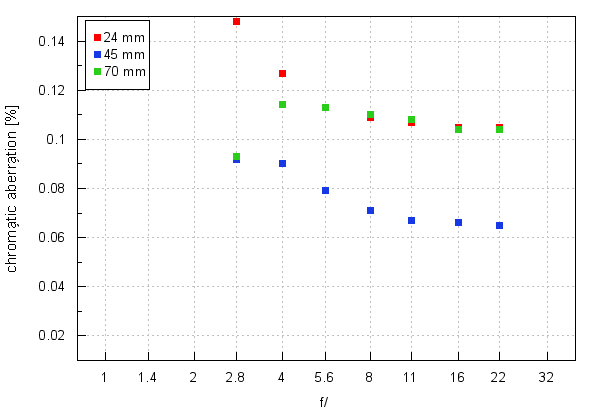
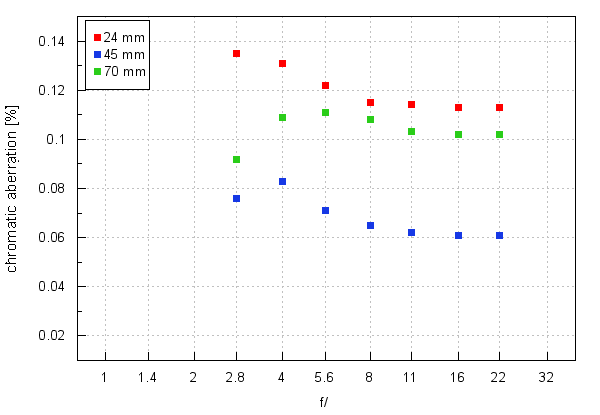
Only at 45 mm focal length you won't experience any problems related to the lateral chromatic aberration as, near the maximum relative aperture, it approaches a medium level and on stopping down it is low. At the longest focal length you deal with a medium level across the whole aperture range and at 24 mm near the maximum relative aperture its values reach high levels.
Still those results are better than those of the Nikkor AF-S 24–70 mm f/2.8E ED VR, which, momentarily, exceeded in a distinct manner a level of 0.2%. The Tamron SP 24-70 mm f/2.8 Di VC USD showed similar trends, with the aberration level the highest at 24 mm and the lowest at 45 mm but its values were a tad lower than those of the Sigma.
| Canon 5D III, RAW, 24 mm, f/2.8 | Canon 5D III, RAW, 45 mm, f/11.0 |

|

|
Spherical aberration
In first photos of this chapter you might notice a slight „focus shift” effect. After passing from f/2.8 to f/4.0 both at 45 and at 70 mm the depth of field seems to move toward bigger distances. Some spherical aberration problems are also confirmed by the assessment of defocused circles of light which appearance before the focus and after the focus differ distinctly. These are two classic symptoms of spherical aberration not corrected in the proper way so the lens cannot be praised in this category.
| Canon 5D III, 45 mm, f/2.8, in front of | Canon 5D III, 45 mm, f/2.8, behind |
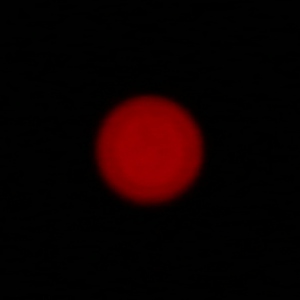
|
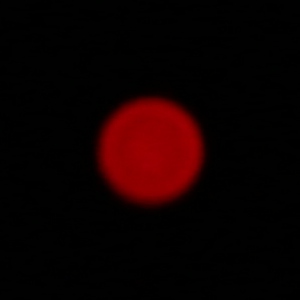
|
| Canon 5D III, 70 mm, f/2.8, in front of | Canon 5D III, 70 mm, f/2.8, behind |
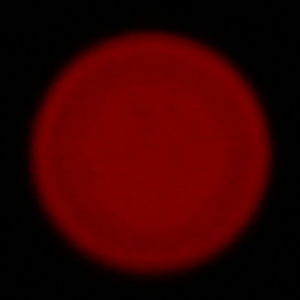
|

|




